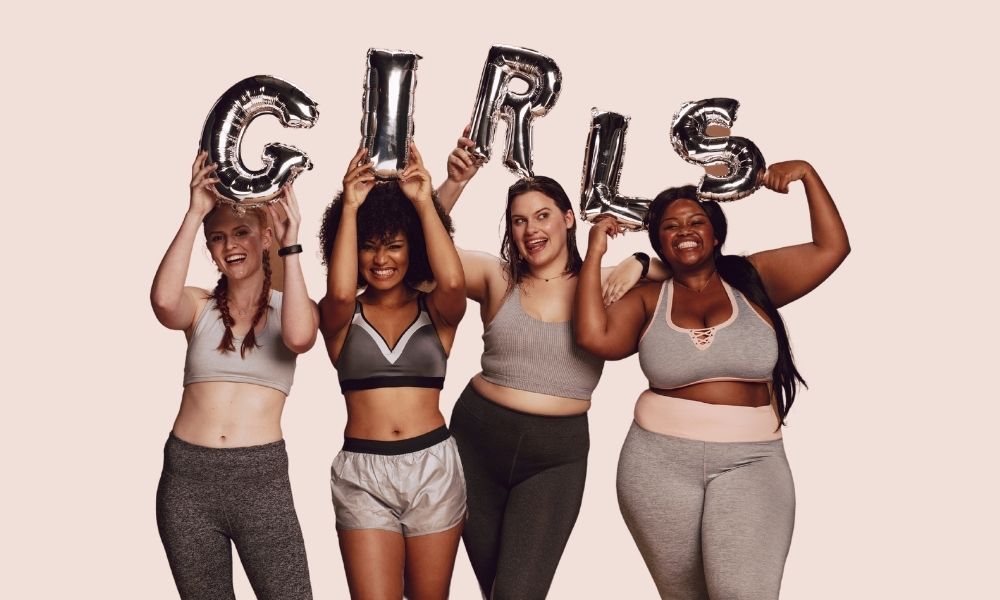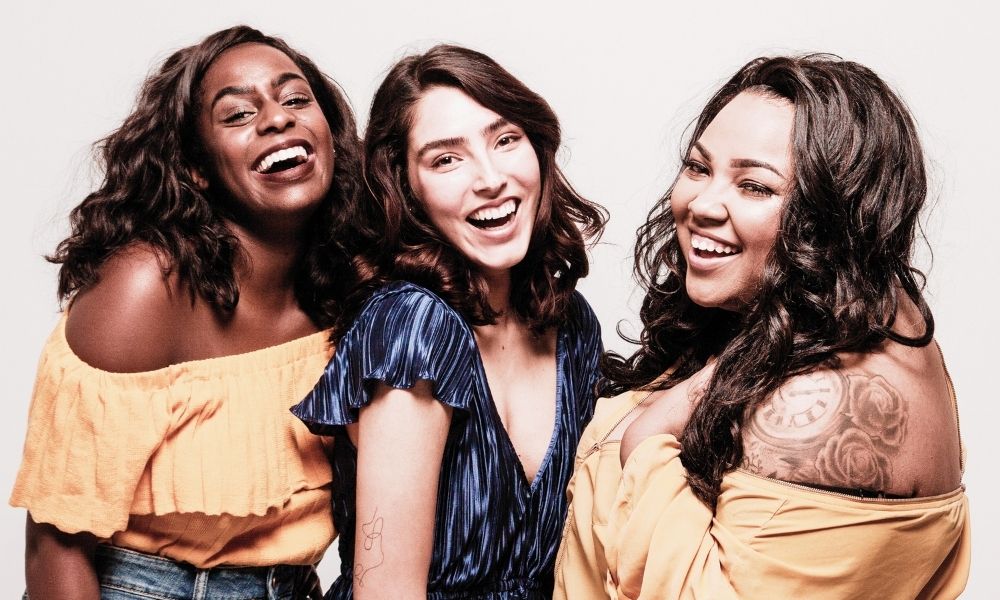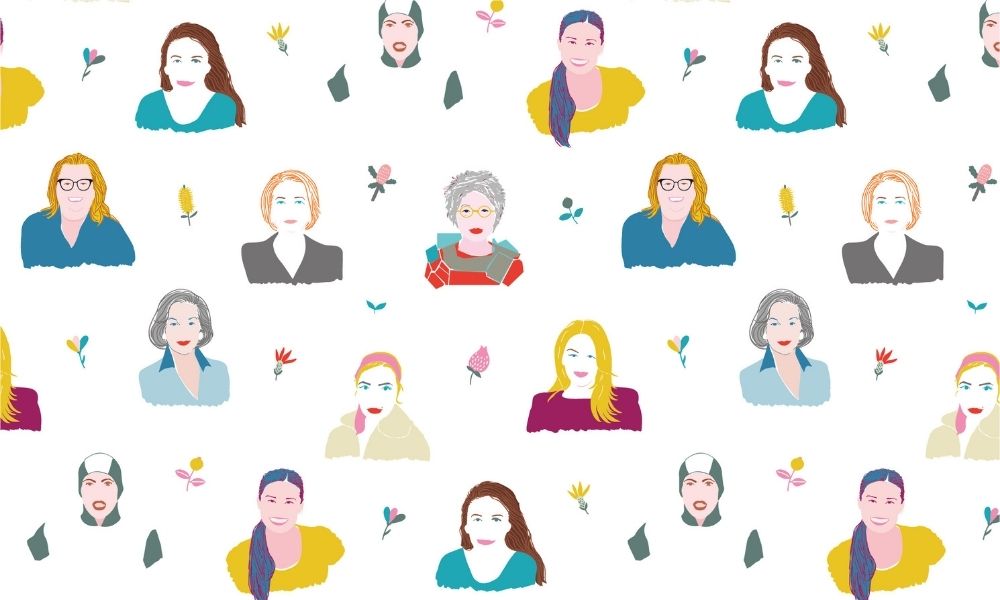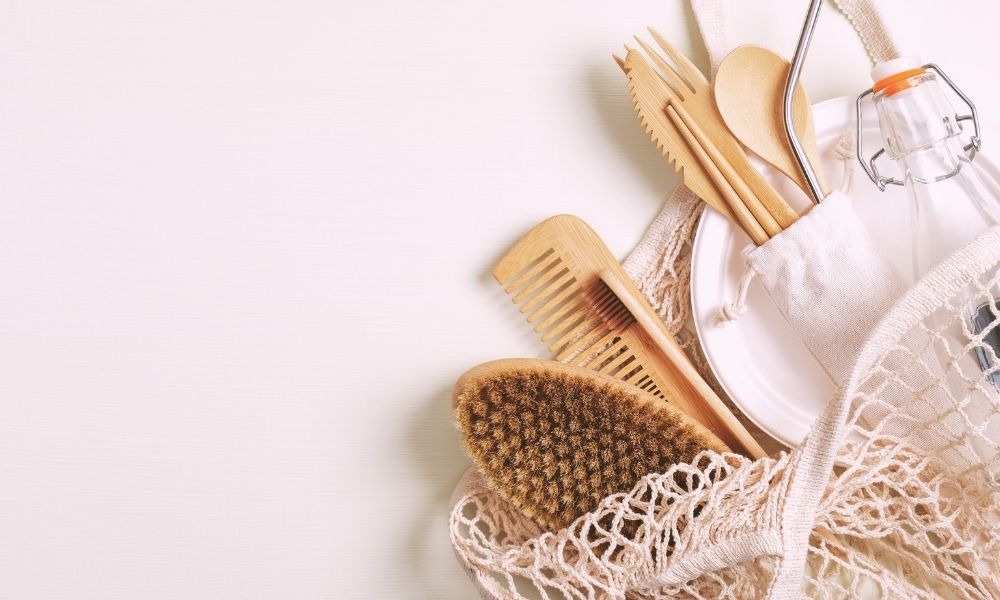BY CHARLOTTE FREEMAN-HALL | Jan 11, 2022 | Articles
From Corsets to Bra-Burning, Dignity to Freedom: Changing Attitudes Towards Bras

For women in the 21st century, the bra can signify many things. For some it is a necessity, for others a sign of femininity. Some women wear one as a means of comfort, or dignity, whilst others see it as a tool of male objectification. Overall, it is now widely considered a woman’s choice as to whether she wears a bra or not, and indeed what type of bra she wears. But it wasn’t always this way.
The bra, its usage, design and symbolism have come a long way over the centuries. They have been worn throughout history to support, conceal, modify, enhance, restrain and even reveal breasts. And this journey is closely interwoven not only with the evolution of fashion, but with changing views of the female body and the evolution of the status of women in society.
So, it’s unsurprising that our decision to wear or not wear a bra nowadays is inextricably linked not only with our levels of physical comfort, but with our perceived ideas of feminism, freedom, and objectification by men.
SO HOW DID WE GET HERE?
Bra-like items have likely been around from as early as the 14th century BC. By the 16th century AD, the corset was the main undergarment worn in the Western world. This had a number of functions, from shaping the waist and breasts, to supporting them by transferring weight to the rib cage. These garments gradually evolved into items more closely resembling the modern-day bras in the 20th century.
But it was second-wave feminism and ‘bra-burning’ that brought the bra into the public’s eye. At the Miss America protest in 1968, protestors symbolically threw a number of feminine products, including bras, into a ‘Freedom Trash Can’.
The bra had come to be seen by the Feminist movement as an ‘instrument of female torture’, a symbol of enforced femininity by a patriarchal society. Some people present at the protest said no one burned a bra, some claim that lingerie was burned, if only briefly. While many feminists state they didn’t burn bras that day, countless women stopped wearing them in protest.
The stories and the reporting from that day have forever linked feminism with bra-burning, a link that has remained in popular culture until this day.
As a result of the 1968 protest, an anti-bra movement took hold. Conversation around the bra became more public than ever before, with many complaining of the restrictive and uncomfortable designs of bras, as well as seeing them as a symbol of repression. Women chose not to wear bras as a political statement, to shock and anger the men dominating society, and to take back ownership of their bodies.
HOW DO WE FEEL ABOUT BRAS NOW?
Women all over the world now choose not to wear bras for all kinds of reasons – defiance, discomfort, freedom, or just to embrace their natural bodies.
However, a large majority of women continue to feel that they have to wear bras, particularly when going to work.
WHY SHOULD IT FEEL WRONG TO GO BRA-FREE AT WORK?
Our cultural history has hyper-sexualised breasts to the extent that modern women feel self-conscious and even embarrassed when the natural shape of this body part becomes visible. And due to the largely male majority still present in many organisations, the female body is still seen as a ‘distraction’ at work.
Although some women manage to overcome these gender biases and go bra-free at work, many still feel the need to make their natural female curves as unnoticeable and non-distracting to their male colleagues as possible.
IS IT WOMEN’S ATTIRE, OR MEN’S ATTITUDES THAT ARE THE REAL PROBLEM HERE?
Bra-wearing should purely be down to woman’s choice. For those who feel that bras are a discomfort, especially if you are having to wear them all day long, they should be able to discard these garments without judgement.
But for many women, wearing a bra is still how they feel most comfortable, both at work and outside of it. Wearing a bra can provide a sense of dignity and self-care, feelings that should be encouraged in all women. It’s all about choice, empowering women to decide what’s best for them.
And if wearing a bra makes a woman feel sexy or confident, then that’s great too.
Of course, going braless is not an option for everyone. Women with larger breasts can often suffer from back and other problems if they don’t wear a comfortable, supportive and well-fitted bra. Bras can also greatly help with pre-menstrual tenderness, and other breast-related discomforts.
As bra manufacturing has evolved, it has become far easier to find underwear that doesn’t pinch, rub or chafe, especially when properly fitted. Making it easier and more comfortable for women to wear bras throughout the workday if they so desire.
It’s all about female agency and independent choice. Women should be able to choose and wear what feels right for them.
And this is where we come in. Support the Girls Australia is an association dedicated to empowering women, to helping provide them with dignity and independence, and to ensuring their wellbeing. A large aspect of our work is community outreach, and we are perhaps best-known for our bra gifting events.
Not all women have access to, or the means to buy, well-fitting bras, and at our bra-gifting days we provide women with free bra-fitting sessions, bras and underwear, as well as toiletries, and menstrual hygiene products.
The aim is to provide women with often much-needed essential items, to provide an ear to listen, and a helping hand. We aim through this to instil a sense of self-worth and self-care, as well as help provide for their physical wellbeing.
We want women everywhere to be able to embrace their bodies, and make the choices that are best for them. And we are here to help them do that.
Welcome

Latest Posts
Let’s be friends
Categories

Events

News





0 Comments